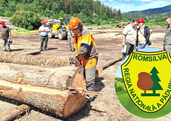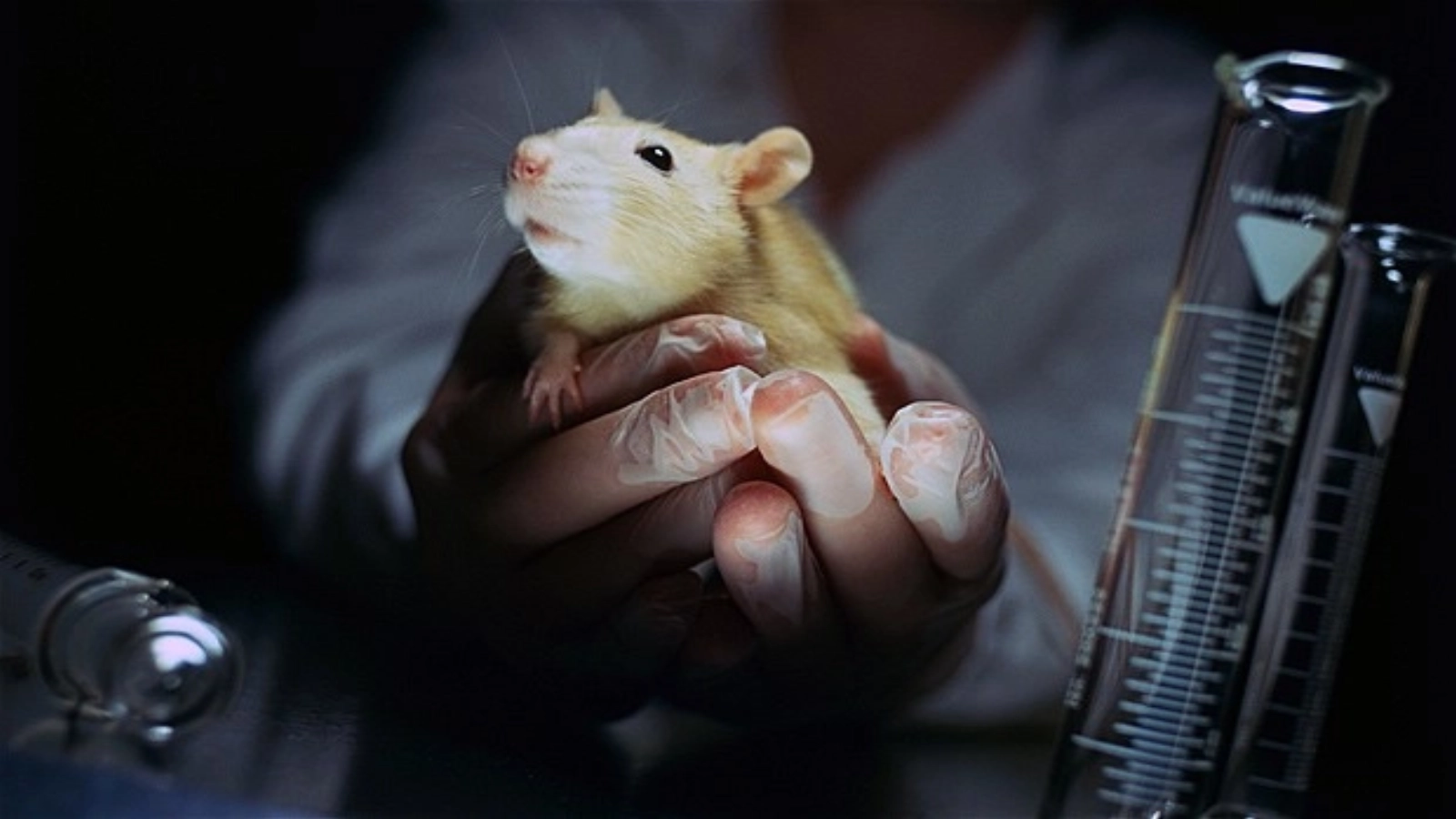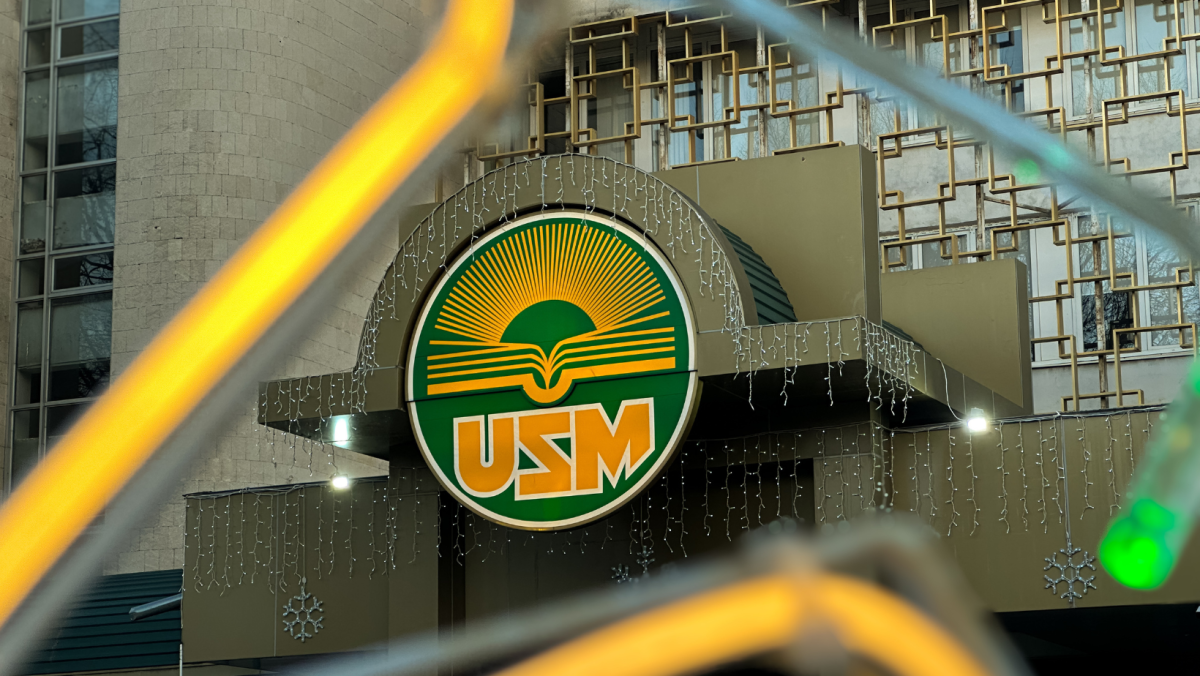The Danube Delta National Institute for Research and Development (INCDDD) Tulcea announced, on Thursday evening, that for the first time in the last three years, researchers have discovered this week three Romanian or Dobrudja (Mesocricetus newtoni) hamsters in the Delta.
In the text posted on Facebook and signed by researchers Gabriel Chisamera and Mihai Marinov, it is mentioned that, in the perimeter of the Danube Delta Biosphere Reserve (RBDD), the Romanian hamster is very rarely found on the northern and western coasts of the Razim-Sinoie complex and in some areas between Tulcea and Murighiol.
"It is considered a rare animal for which there are no estimates of the population trend, but it is considered to be decreasing. The limiting factors are mainly represented by the restriction of the habitat as a result of the expansion of intensive agriculture. The trapping of the three hamsters, followed by rapid releases, were carried out by Pocora Viorel, and the coordination of the hamster monitoring activity was carried out by Chisamera Gabriel and Marinov Mihai," mentions the source.
The trapping of the three specimens is all the more special as during this period the species goes into hibernation.
"The Dobrudja hamster hibernates from October to March, with periodic awakenings to consume from the food reserves gathered from summer and autumn, the hibernation period being determined by the temperature," the INCDDD post states.
According to the source, the monitoring actions of mammals of community interest were carried out by INCDDD specialists as part of the project "Revision of the RBDD management plan and regulation", carried out in the period 2019-2022 by the RBDD Administration.
Romanian (Dobrudja) hamsters, discovered in Danube Delta, for first time in three years
Articole Similare

11
Romanian Air Force's humanitarian mission: two burnt patients flown to Brussels
11

9
Oltenia Energy Complex's activity partially affected by ransomware cyber attack
9

8
Total resources of grains and grain products decrease by 6.384 million tonnes last year
8

12
Number of dissolved companies increases by 26.23% in the first 11 months of 2025
12

15
Revenues of almost 7 mln euros for Romsilva in 11 months
15

15
As many as 6,995 available jobs in Bucharest, between December 24 - 31, 2025
15

17
MAE/Travel warning: Bulgaria, temporary restriction of traffic of vehicles over 12 tons between December 24 and January 4
17

24
HM Margareta: I have confidence in the Romanian nation and its strength to move forward
24

12
National Institute of Public Health announces first death due to flu: 88-year-old woman from Cluj
12

20
'Silent Night' - extraordinary concert on Christmas Eve, in Constitution Square
20

20
CSM sends partial results of questionnaire regarding justice to President, Government and Justice Ministry
20

15
Euro trades at 5.0890 RON
15

17
Romanian-Turkish consortium to supervise works on Section 1C Sarateni-Joseni of Unirii Motorway
17



















Comentează